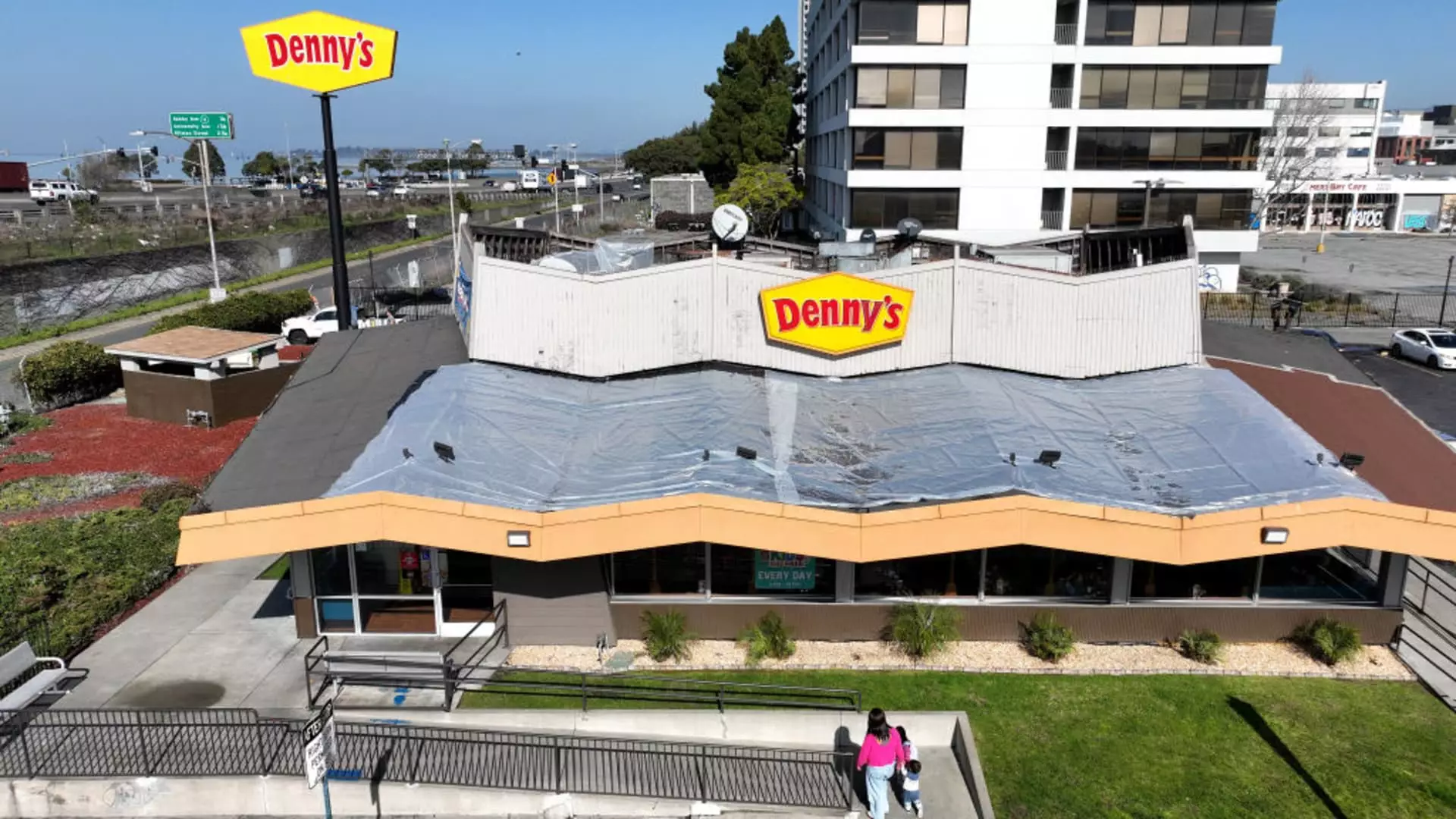The year 2024 marked a watershed moment for the restaurant industry in the United States. With dynamic shifts in consumer behavior and economic pressures exacerbating existing challenges, many restaurant chains found themselves forced to reevaluate their business models. Inflation, coupled with the waning enthusiasm for dining out, pushed consumers toward more affordable options, ultimately leading to a significant decline in restaurant visits. According to industry tracker Black Box Intelligence, this trend resulted in diminished sales and a tumultuous increase in bankruptcies within the sector.
In a striking illustration of the industry’s instability, 26 restaurant companies filed for Chapter 11 bankruptcy protection during 2024. This figure stands in stark contrast to just nine filings reported in 2020, at the height of the pandemic. The subsequent rise of fast-casual dining chains has only intensified the struggles faced by traditional casual dining establishments. Brands that once thrived now grapple with the challenge of attracting customers who increasingly seek the convenience and perceived quality offered by newer players such as Chipotle and Sweetgreen.
Throughout 2024, numerous chains announced the closure of underperforming locations in a bid to enhance their financial outlook. Among the first was Wendy’s, which disclosed plans to shut down 140 outlets by year-end, adding to the roughly 80 closures initiated earlier in the year. By strategically closing outdated locations, Wendy’s aimed to streamline operations while maintaining its overall restaurant count—an astute move that reflects the delicate balance many companies must find between reducing costs and expanding footprint.
Dine Brands, the parent company of both Applebee’s and IHOP, also took significant steps to trim its operations. By late September, Applebee’s had lost 36 locations compared to the previous year, following the company’s decision to close between 25 and 35 restaurants. Notably, the brand has experienced a six-quarter trend of declining same-store sales, emphasizing the need for drastic action if it hopes to regain its foothold in a changing market.
Similarly, Denny’s advanced its own restructuring efforts by closing 50 locations in 2024, with plans to shutter another 100 by 2025. Interestingly, despite these closures, the diner chain anticipates improvements in both same-store sales and annual unit volumes after reducing its lower-performing units.
The wave of bankruptcies sweeping the sector was poignantly illustrated by TGI Fridays, which filed for Chapter 11 in November. Before this move, TGI Fridays had already shut down 86 restaurants, signaling a desperate attempt to cope with dwindling traffic. The upcoming rulings from a Texas bankruptcy court will determine the chain’s future, a situation emblematic of the precarious state of many similar establishments.
Red Lobster’s story underscores the toll that economic pressures take on even well-known brands in the restaurant world. After permanently closing over 120 locations in 2024, including around 100 units prior to its Chapter 11 filing in May, the seafood chain underwent a significant rebirth. Under new ownership, Red Lobster is striving to reinvent itself and avoid further closures in the future.
Companies like Noodles & Co. are also taking proactive steps toward recovery by reevaluating their operational strategies. In August, the fast-casual chain opted to close roughly 20 locations, part of a broader analysis aimed at enhancing its financial and operational health. This review aligns with broader efforts to streamline their menu and bolster sales, though it’s clear that revitalization will require patience and time.
Bloomin’ Brands, which owns popular dining venues such as Outback Steakhouse, has similarly grappled with the need for change. The company closed 41 underperforming restaurants in 2024, predominantly from its flagship brand. Executives indicated that many of these closures involved locations with aging leases. Despite a tough market, Bloomin’ Brands aims to refocus on strategies that can reinvigorate its brands amid ongoing challenges.
In a nutshell, 2024 has proved to be a tumultuous year for the restaurant sector, characterized by necessity-driven closures and an uptick in bankruptcy filings. While many chains have pivoted towards a strategy of consolidation, their futures remain uncertain, as shifts in consumer preferences and spending habits continue to evolve. Whether these brands will successfully navigate this turbulent landscape depends significantly on their ability to innovate, reinvigorate their offerings, and connect with a more price-conscious consumer base than ever before. As the industry takes stock of its challenges, it simultaneously stands at the dawn of what could potentially be transformative change.

